You are here
Channel Islands National Park
San Bernardino National Forest
San Gabriel + San Bernardino Mountains, California
San Gabriel + San Bernardino Mountains, California
Joshua Tree National Park
Angeles National Forest, San Gabriel Mountains
Angeles National Forest, San Gabriel Mountains
San Diego Metro Area, California

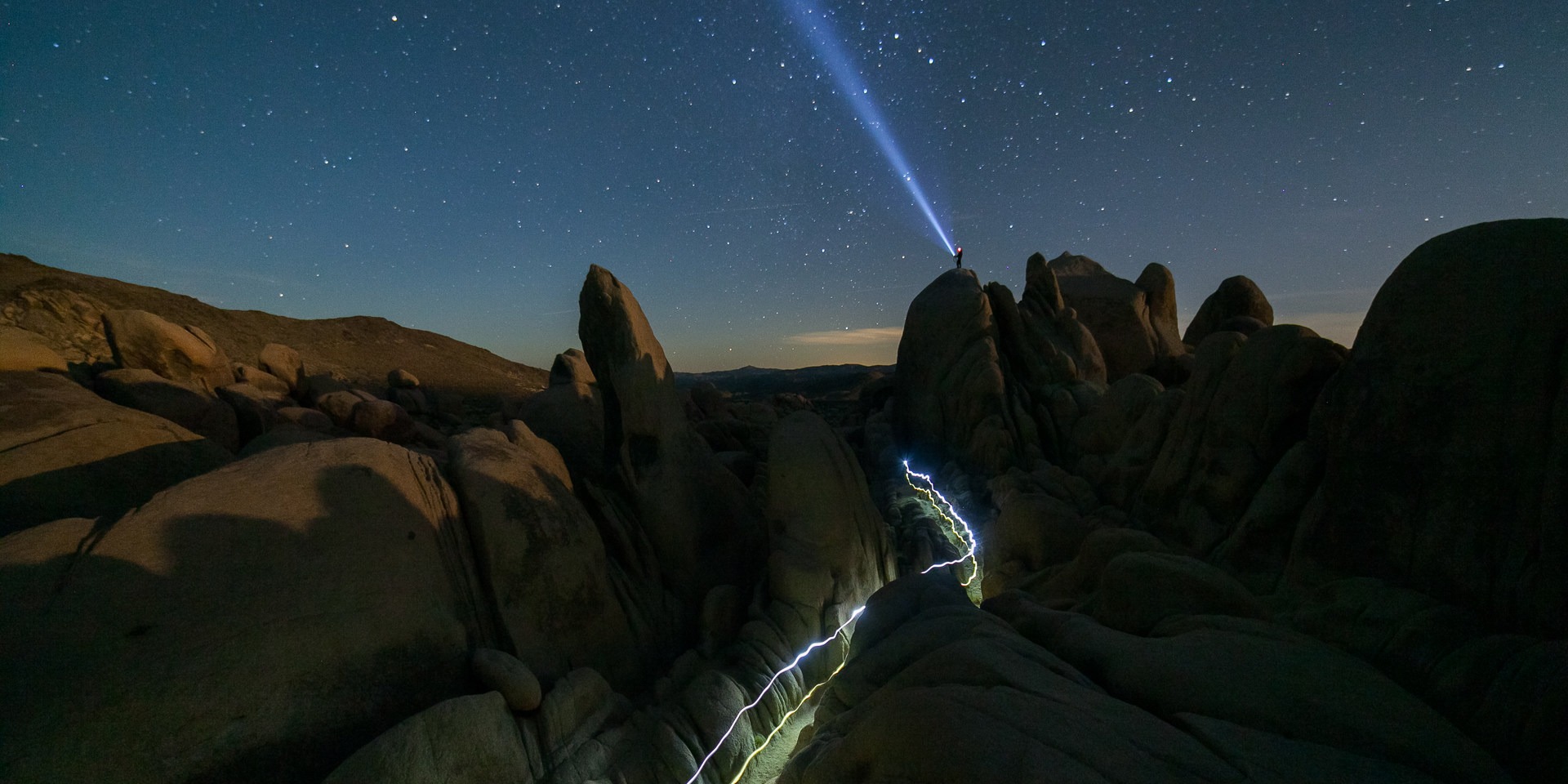
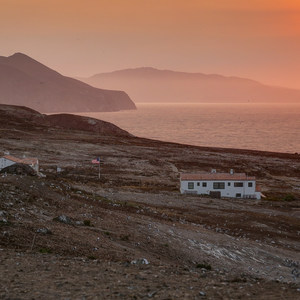
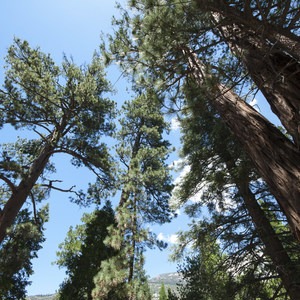
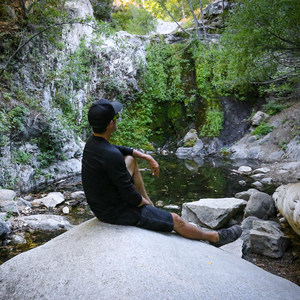
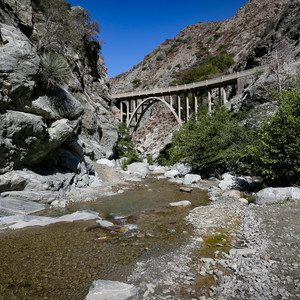
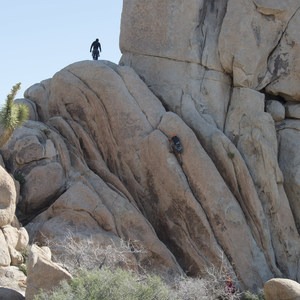
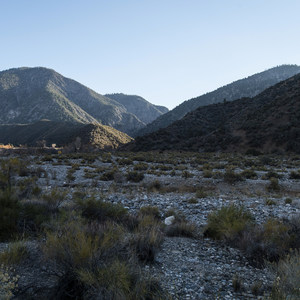
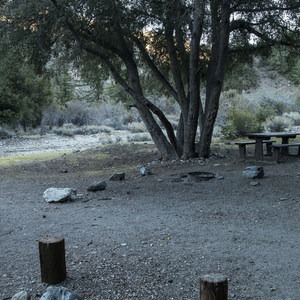
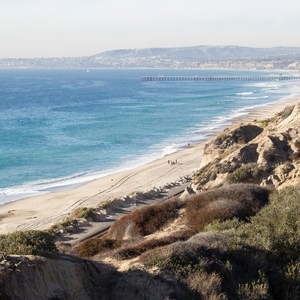



Comments
Sign In and share them.